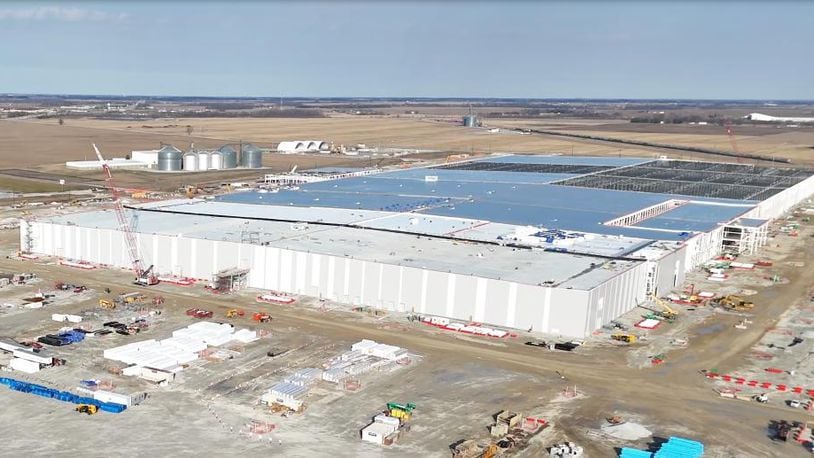The automaker expects to have the flexibility to make both internal combustion engine vehicles and EVs on the same line at Marysville, which is its first auto production facility in the United States, “giving the company a strategic advantage to quickly respond to shifting market demand,” Honda said.
“That gives us the flexibility we need to adjust to the short-term changes that the market will present us with,” American Honda Motor Co. Executive Vice President Bob Nelson told reporters in a briefing Friday.
In plans first announced in the fall of 2022, Honda plans a $700 million investment in retooling its Marysville and East Liberty assembly plants and its engine plant in Anna for EV production.
In all, however, Honda expects to invest more than $4 billion total into the effort, as it also builds a new area plant for the production of batteries for the EVs. The battery plant itself has been identified as a $3.5 billion investment.
The broad plan is to have the power unit or IPU cases produced at Anna and supplied to Marysville, where employees will install battery modules produced at the new joint venture EV battery facility in Fayette County. Those batteries will power EVs made at Marysville and East Liberty.
The joint venture EV battery plant, built with LG Energy Solution,will cover the equivalent of about 78 football fields near Jeffersonsville.
The entire process involves training Honda employees on how to use new types of equipment to build new kinds of vehicles, a massive investment in retooling, equipment and employees themselves, as Honda leaders describe the effort.
“We expect employment to remain stable,” Nelson said.
Honda essentially is changing the way it makes automobiles in Ohio.
“This is a comprehensive approach to the development of the vehicle, the production system and the purchasing structure based in the same location. And that is the key reason we located the EV hub in Ohio,” Nelson added.
The Jeffersonville plant is expected to employ about 2,200 people. It is an approximately 50-minute drive southeast of Dayton and about 40 minutes south of Springfield.
The leaders of the joint venture expect to pull workers from those communities and others. (For information about Jeffersonville jobs, go to www.lgeshonda.com/careers.)
Two production lines at the Marysville plant were consolidated into one over a recent winter break. “It’s a really smart layout and approach to meet customer demand,” Nelson said.
Honda says it is targeting 100% zero-emissions vehicle sales by the year 2040.
But Nelson added, “We have what we believe is the right ramp-up plan toward 2040 ... and we do believe that we can very efficiently make the ICE (internal combustion engine vehicle) and the BEV (battery electric vehicle) on the same line. That’s what this retooling is about.”
About the Author
